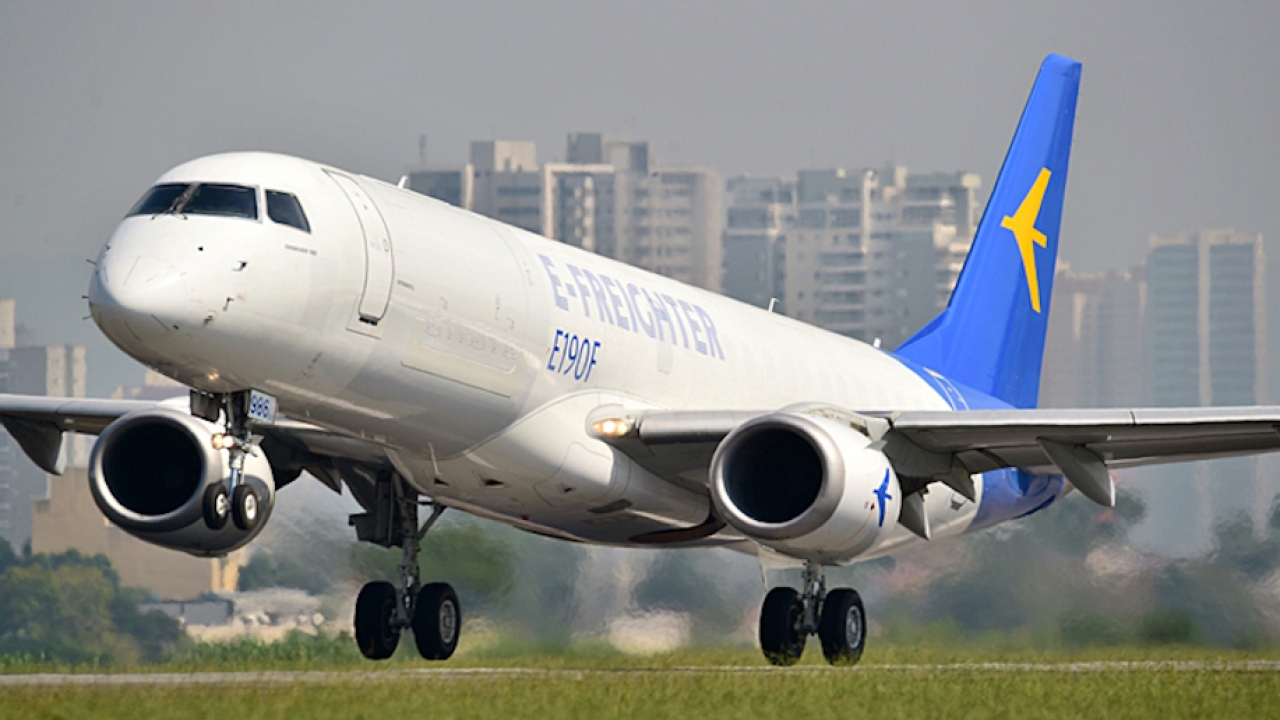Hold steady on tracking deadline warns IATA as technology develops

.
This week at the IATA AGM, the airline association called for an open approach on the specifics of how airlines will meet that 15-minute interval aircraft tracking requirement by a revised deadline of November 2018.
The original deadline was reconsidered after IATA and others questioned the timeline’s feasibility, and ICAO pushed it back by two years.
IATA’s head of safety and flight operations, Gilberto Lopez-Meyer,(pictured above) said that the November 2018 is workable for the new tracking standard as long as there is not a specific technology requirement. “We expect there will be new technology very soon,” he said at the IATA annual meeting in Dublin this week. . “In one or two or three years, we may have better technology and the industry should be able to switch to the better, lower-cost technology.”
IATA is working with ICAO on developing guidance material and recommended practices for meeting the tracking requirement. Complimentary standards, spelling out more specifically how airlines can meet the requirement, are expected to be completed by March 2017.
“This is a decision that has to be taken very carefully,” Lopez-Meyer said. “The cost to the industry is going to be enormous.”
He warned that technology may overtake current efforts. “The technology is changing so fast that in a few years, systems and technology may allow for global surveillance coverage,” he said, suggesting it may not make sense for airlines to invest heavily while such technology is under development.
Stay up to date
Subscribe to the free Times Aerospace newsletter and receive the latest content every week. We'll never share your email address.

